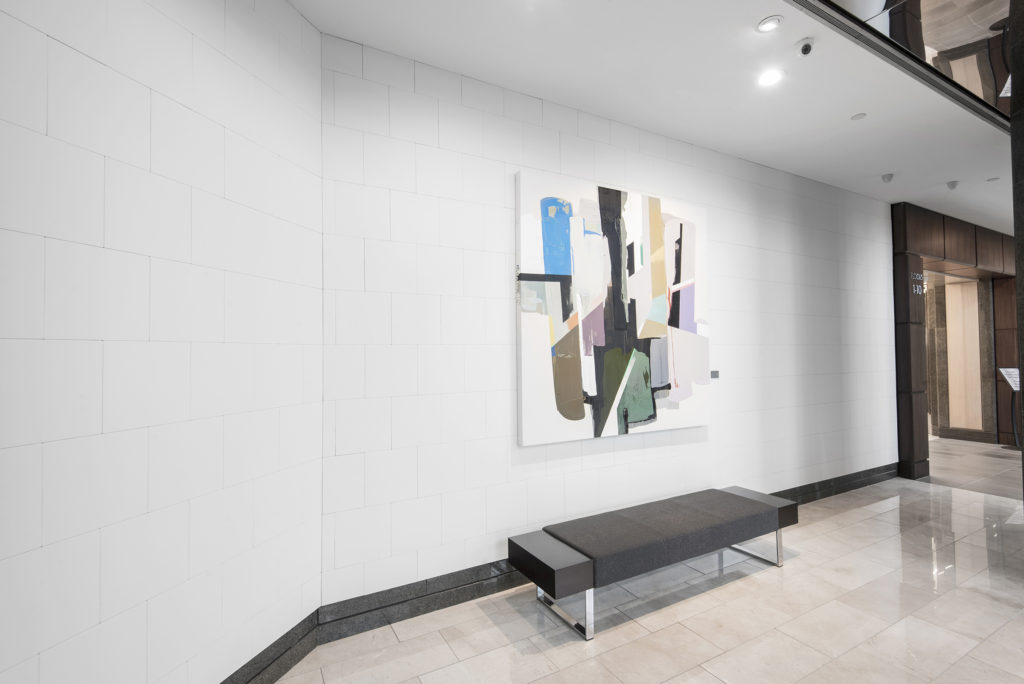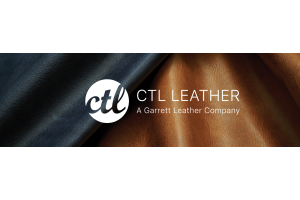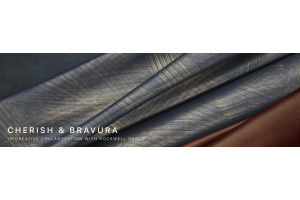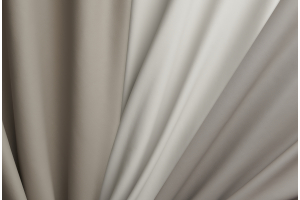Roberta Sand
-
Posted: October 23, 2019Read more »
Clients frequently ask how leather will perform over time, especially when they are considering using it in high traffic areas. Many manufacturers conduct different abrasion tests on materials to gauge how a material will wear. Clients looking to use leather often refer to these test results to help determine what product is best for their application. Let’s compare three popular types of abrasion tests.
Wyzenbeek Testing for Fabrics
Many manufacturers use the Wyzenbeek Test to measure the abrasion resistance of fabrics. For the Wyzenbeek Test, an operator secures pieces of the test specimen onto a machine. Heavy canvas passes back and forth along the specimens. One back and forth motion equals one double rub. You will find the results for this test expressed as a number of double rubs.The test measures the maximum number of double rubs achieved before the piece of fabric shows noticeable wear, normally defined as two yarns breaking. Designers usually prefer products t
-
Posted: May 20, 2019Read more »
Leather rug binding gives area rugs a refined finished look. Area rugs with a leather border offer aesthetic beauty, as well as excellent resistance to wear. In fact, many leathers develop a rich patina over time and will outlast the rug itself.
How Rug Binding is Made
Rug Binding begins with full hides of genuine leather. First, we calculate how many hides are required to fill the order. After we pull the leather, we cut the hides into strips using our computerized cutting machine. Each hide is laid flat on the cutting bed and secured in place with plastic to prevent the hide from moving during cutting. Next, we collect all of the cut strips and move to assembly in our workroom. It is there where we then use non-toxic, GREENGUARD certified adhesive to glue the ends of the strips together. Seams occur approximately 60 to 80 inches apart, depending on the leather. We reinforce the seams with additional adhesive on the back of the leather for extra durability. Lastly, we
-
Posted: November 14, 2018Read more »
Do you specify wall applications for your clients? Have you considered using leather wall panels or wall tiles for a project, but reconsidered because you thought it would be too complicated? If so, you have come to the right place. We make ordering wall panels and wall tiles easy. Here is a step-by-step guide to making your next wall installation go smoothly.

Buckhead Tower | Cadence Angora and Caressa White Wall Panels | Designed by Niles Bolton Associates
Plan Ahead
Scheduling is one of the most important factors to keep in mind when specifying leather wall panels or wall tiles for your project. It is best to begin the planning stages as early as possible to leave ample time to consider all of your options, review quotes, receive payment, and allow sufficient time for production. One of the first questions we'll
-
Posted: October 24, 2018Read more »
Glittering pearl and metallic leather colors are in high fashion. They can be found in clothing, accessories, handbags, and furnishings. Designers often ask us what the differences are between these two types of leather. While both have a special sparkle to add some flair to your designs, they are very different.
Pearl Leather
Pearl leather has a softer look and more subtle sheen than metallic leather. To achieve the pearl look, most pearl leathers have a liquid topcoat sprayed on the surface of the hide. We may add a pearl appearance to any of our existing semi-aniline products, including full hides of Shagarrett, by using this method.
-
Posted: August 14, 2018Read more »
Leather cleaning and proper care are essential to keeping your leather looking its best for years, decades, and even for generations. While leather is well-known for its durability and longevity, it still requires proper care. For 30 years, we've answered numerous inquiries regarding leather cleaning and maintenance. The method for leather cleaning varies depending on the type of leather, amount of use, and extent of wear. Here are our top leather cleaning tips.
Maintain Your Leather With Simple Dusting
In general, leather is a low maintenance material. You should wipe your leather occasionally with a dry or slightly moist, soft, clean cloth to prevent dust particles and other airborne debris from accumulating on the surface. Simply moisten the cloth with a small amount of pure water. Never use furniture polish, ammonia based cleaners, or harsh soaps. These products may damage the finish on leather. For best results, we recommend




